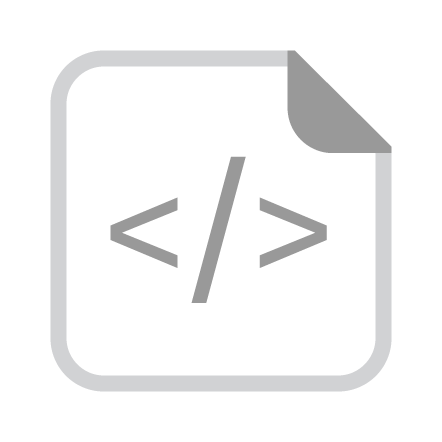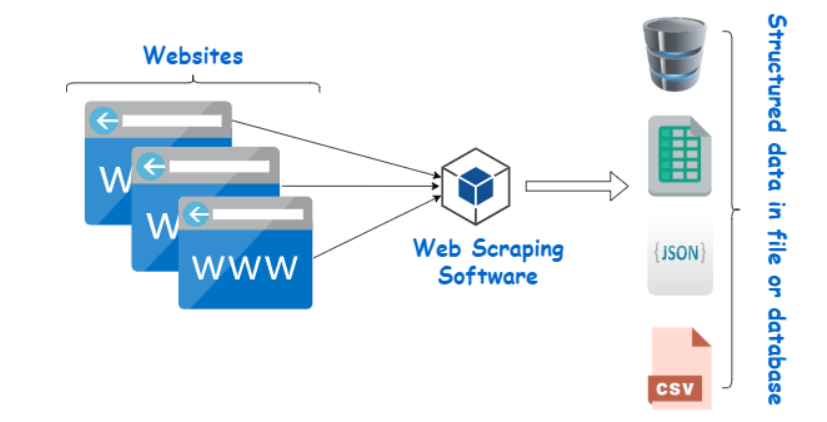

The module also supports various popular CAN bus file formats like Vector ASC, BLF, TRCįor more Python CAN tools, see this overview. SocketCAN), enabling real-time streaming/transmission of raw CAN frames. python-can: Supports many CAN bus interfaces (incl.be used with python-can to provide DBC decoding of raw CAN bus data streams KCD, SYM, ARXML), encoding/decoding of CAN frames and basic graphical plots. cantools: Like canmatrix, cantools enables loading of DBC files (and e.g.This module is used in our API and the asammdf API DBC files) for use in scripts or for exporting to other formats. canmatrix: This module lets you load CAN databases (e.g.real-time streaming of data via USB), in contrast to our Python API and the asammdf API (intended for processing log files): Note that most of the tools listed are intended for use with CAN bus interfaces (i.e. Other CAN bus Python toolsīelow we list a couple of other Python CAN tools that you may find useful. If in doubt which API to use, contact us. Similarly, the asammdf API also makes it easy to export data into MATLAB compatible formats.

Also, based on the historical data, accurately assess a projects riskiness/gaps using. DBC decoded and/or concatenated MF4 log files. Bachelors/ Masters /Ph.D, ML,Deep Learning,Tensorflow,Python. On the other hand, the asammdf API is better suited when your use case involves loading MF4 log files with CAN bus data and exporting the data into e.g. AWS Lambda: If you wish to set up automated processing of incoming log files from the CANedge2, we provide ready-to-use AWS Lambda ‘ARN layers' for enabling easy automation using our Python API.This also means that the tool is far heavier in terms of dependenices. Dependencies: The asammdf Python API enables a lot of features not included in our Python API.However, if you wish to compress and/or encrypt your log files, you cannot natively load these log files via the asammdf API, but instead you'll need to first use the ‘mdf2finalized' MF4 converter to get the files into the MF4 format Support for MF4/MFC/MFE/MFM: The asammdf API lets you natively load CANedge log files in the MF4 format.In contrast, our Python API is designed to enable time-based listing of log files across both local disk and S3 (for use with the CANedge2) Listing data: The asammdf API does not provide any methods for listing log files in a structured manner.This means that you can load log files, DBC decode them and get the output into pandas dataframes - similar to our Python API tools.įor many use cases, you can thus use the asammdf API, though there are some distinct advantages to our API if you're working with data from the CANedge:
#PHYTON DATA UNIVERSAL DATABASE SOFTWARE#
Matisse Software provides Python bindings for their object database.The asammdf Python API lets you perform all of the steps you can do through the asammdf GUI, but through Python scripts. PersistenceTools - describes non-relational tools for storing data on disk. SQL Relay is a persistent database connection pooling, proxying and load balancing system for Unix systems, supporting many different databases and languages, including PostgreSQL and Python.ĭatabaseBooks - lists a few recommended titles for learning about databases. The 3.5.x line will continue to get bug fixes and security patches that. redis-py 3.5.x will be the last version of redis-py that supports Python 2.
#PHYTON DATA UNIVERSAL DATABASE DRIVERS#
Below is a python database drivers library list which would be useful for any programmer interested in python: redis-py - The Redis Python Client. HigherLevelDatabaseProgramming - wrappers that provide simpler or higher-level database interfaces, such as object/relational mappers and SQL generators. Python Database Drivers Packages and Projects. PEP 248: Python Database API Specification v1.0. Slides: Datenbankprogrammierung mit dem Python Database API (in German)ĭbApi3 - discussion of possible topics for a DB-API 3. Talk video and slides: Using the Python Database API Then, the data is imported into a local MySQL database via the Table Data Import Wizard function to form a customers table. PEP 249: Python Database API Specification v2.0. For this demo, we generate a 1000-row mock dataset from Mockaroo to represent a customers dataset. The current version of the specification is version 2.0. The DB-API is a specification for a common interface to relational databases. This also helps you choose the right database for your application.

type 'hello', 3. We can also create a list that contains multiple data types, like strings, integers, and floats. colors 'red', 'blue', 'green' The above list, colors is stored in memory as shown below. Relational databases are the most widely used type of database, storing information as tables containing a number of rows.ĭatabaseInterfaces - List of available Python databases interfaces. Creation In Python, lists are represented by square brackets. Starting point for learning about using databases from Python.


 0 kommentar(er)
0 kommentar(er)
